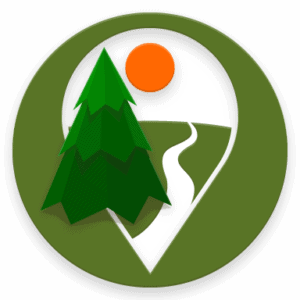Tammela, easy:
The path of natural movement
Conquering a mountain
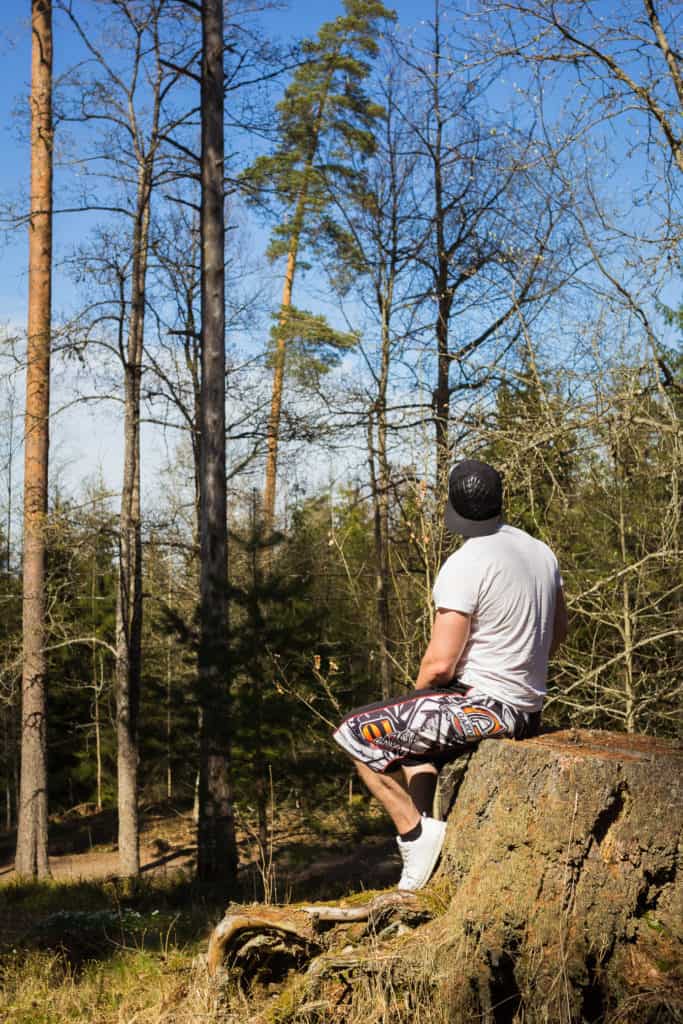
- Can you see a big rock nearby? What does the world look like, seen from higherup? Would you like to climb the mountain?
- Climb! Find the best place to climb up and conquer the mountain!
- Climbing is good for the brain, no matter of your age. Did you know that climbing increases strength as well as promoting learning?
Leaping squirrel

- There is a hill in front of you. Does it encourage you to run up the hill faster? How nimbly would a squirrel leap uphill?
- Run up the hill nimbly like a squirrel! Use your feet to push your body strongly off the ground, and you’ll notice how a small sprint activates your muscles and heart.
- Increasing your heart rate makes you stronger. Natural terrain motivates you to use a variable tempo and different muscles.
Forest parkour
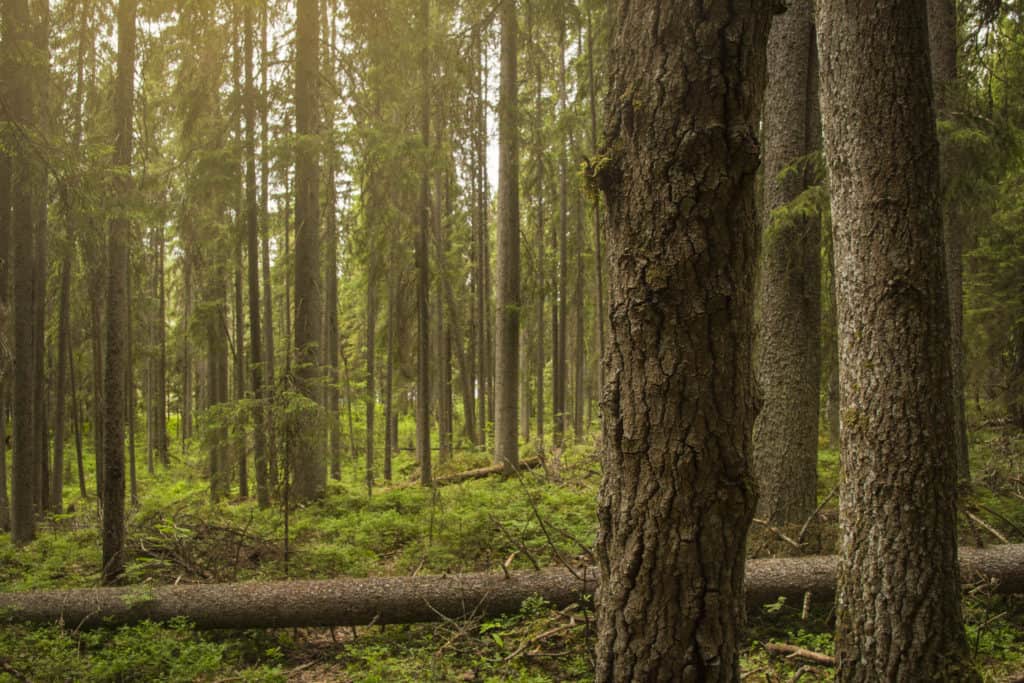
- There is a fallen spruce in front of you. Do you feel tempted to climb and balance on fallen tree trunks and stumps?
- Find a route to the top of the tree trunk, and balance yourself on it from one end to the other. Your sense of balance likes to be pushed. How would you jump over the tree trunk or down from it?
- It is always worth exercising your agility and sense of balance. Small risk-taking helps you to evaluate your own skills and challenges you to develop further
Native American run
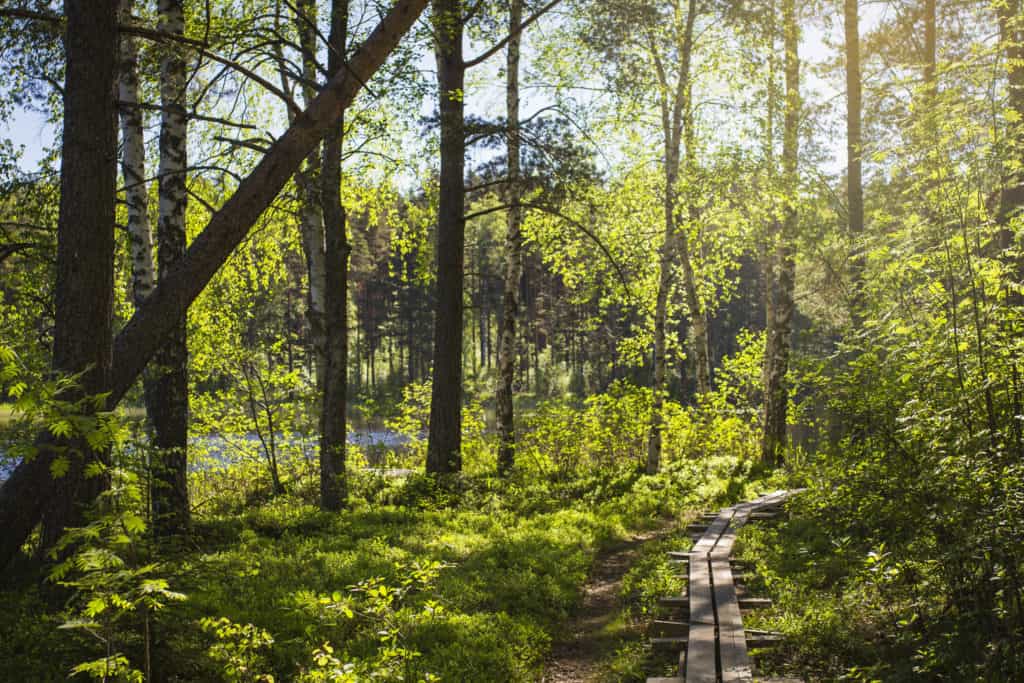
- You have arrived at the beginning of the duckboards. It’s almost as if you have just arrived at a runway!
- Proceed by long steps as though you were running, but do it slowly and lightly like a Native American trying to catch a prey.
- The paths attract you to move forward. Run, walk, climb, leap, tiptoe quietly. Duckboards appreciate a light step.
Nature contact
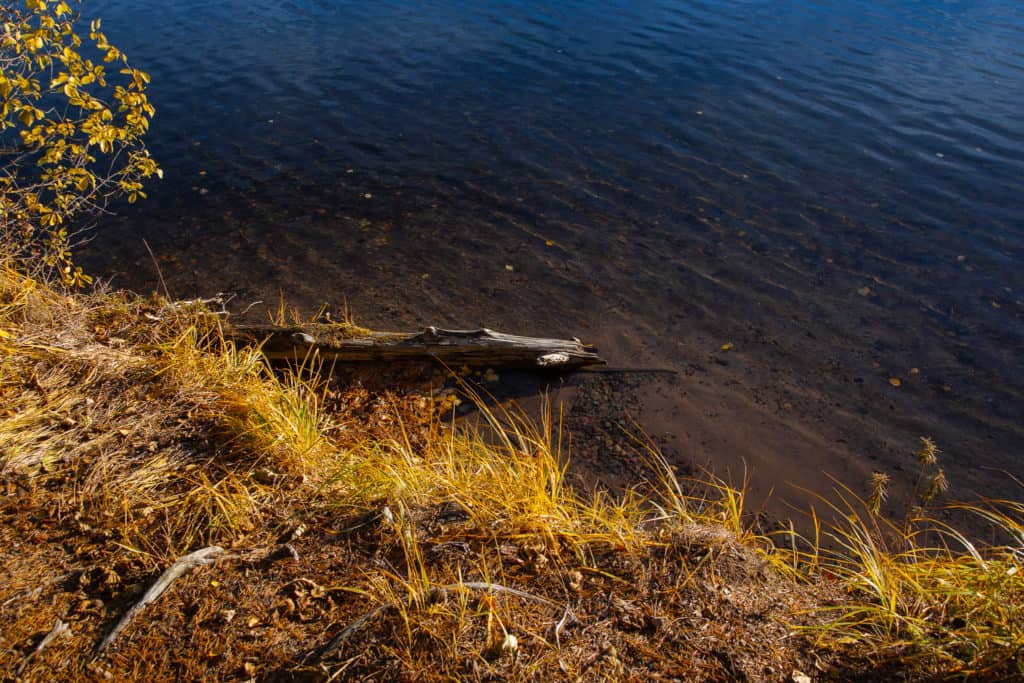
- You have arrived at a rest point.
- Take off your shoes, walk barefoot to the shore and get your toes wet in the cooling water. Cold water freshens your mind and toes. Move your hands about in the water or wash your face with the clean lake water.
- Clean air and water are the cornerstones of health. Did you know that one gram of forest soil contains tens if not thousands of microbes beneficial for your health? Nature contact promotes your health.
From stone to a stump

- The forest terrain ahead of you is rocky and criss-crossed by roots. In this environment, you have to look where you step and use your senses more effectively than on tarmac in the city.
- Walk along the path by stepping from one stone to another and leaping from one root to another.
- It is important to activate small muscles and the nervous system. By moving about in variable terrain, you activate both small and large muscle groups, nervous system and the brain without even noticing.
Bear walk uphill
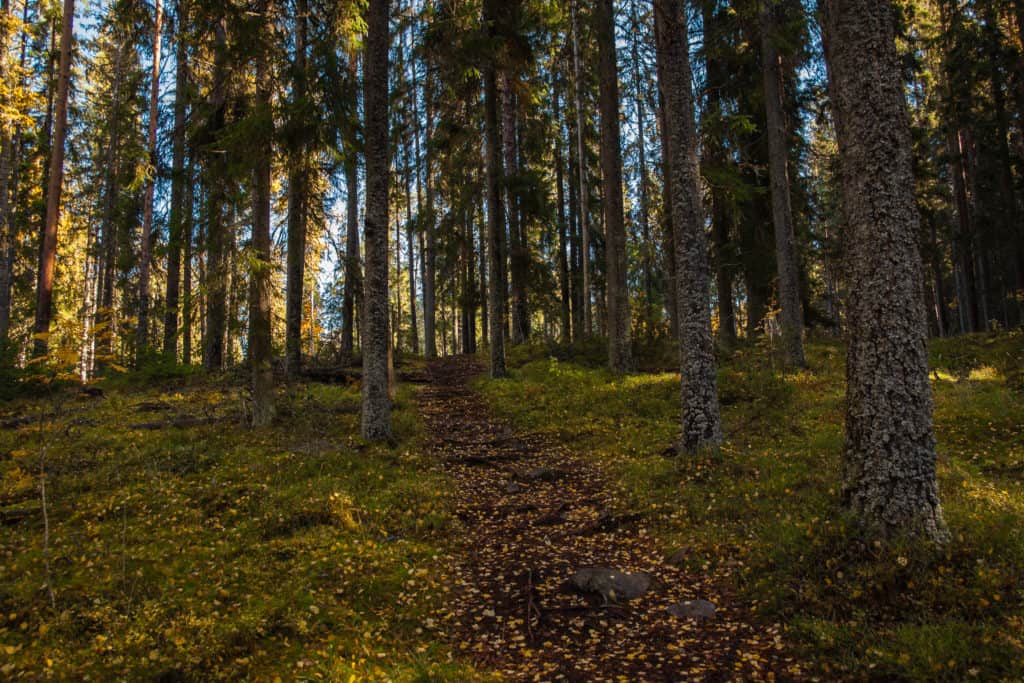
- Sometimes on a steep hill, you can use your hands to help. How would a bear climb up this hill?
- Place your hands on the ground and lumber uphill like a bear.
- By walking on all fours like a bear, you particularly strengthen your thighs and shoulder muscles, develop your core muscles and stretch the muscles at the back of your thighs.
Hanging monkey

- Can you see a strong branch within your reach?
- Hang from the branch like a monkey! Stretch your back and relax.
- By hanging, you straighten your spine, while also stretching and strengthening muscles in your upper body.
A rolling stone does not collect moss
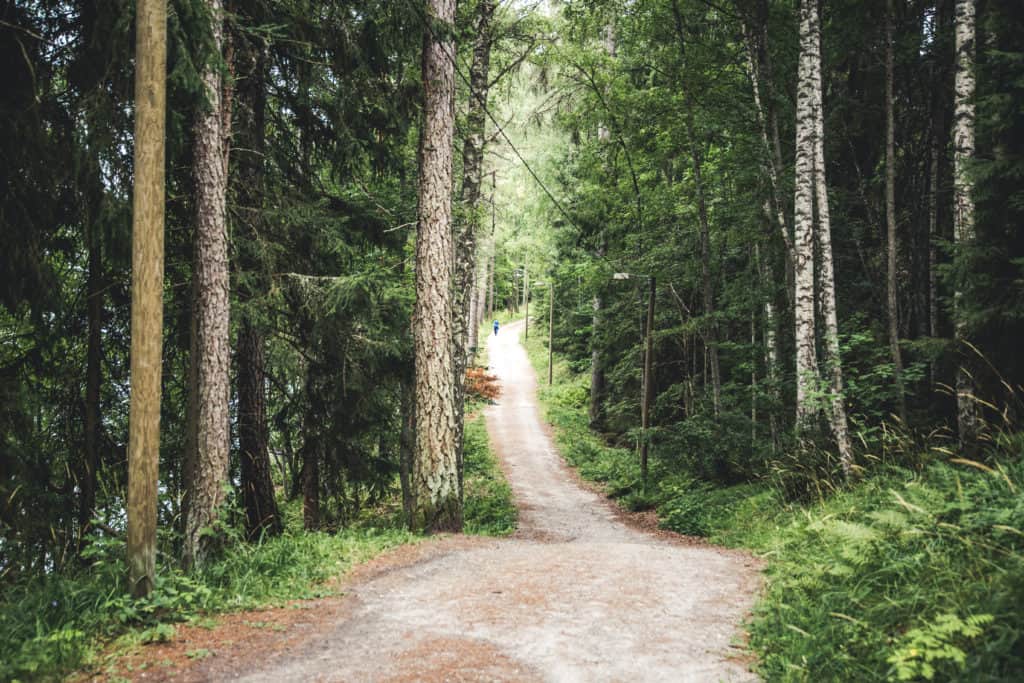
- You are in the home straight! Downhill
- Run downhill in a relaxed manner or even roll downhill like a stone.
- It is important to actively exercise mobility and the natural and versatile ways of moving.


